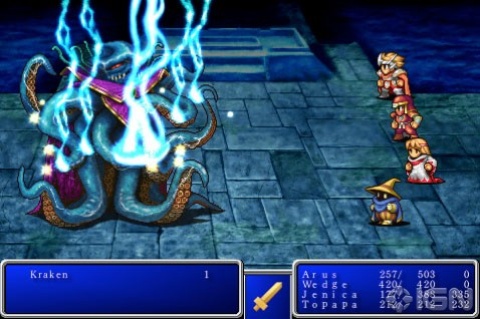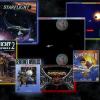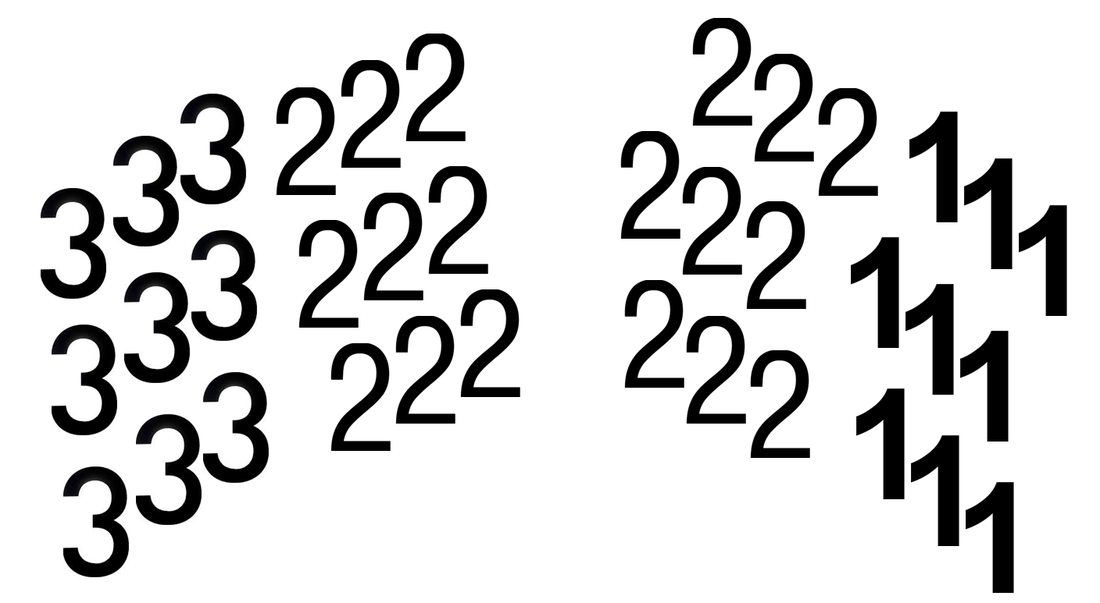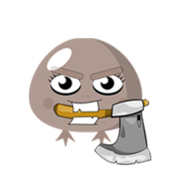I'm slowly working on a turn-based RPG hobby project based on the early final fantasy games (especially final fantasy I-III). I've had an idea on adding a dynamic to the game through the manipulation of the combat zone's environment. To start, here's an example of the combat zone:

Essentially the four player-controlled characters act as a separate 'hit box', where an enemy can either choose to attack one hit box (one character) or, if the attack allows it, multiple/all hit boxes. The combat doesn't evolve any further then that. You can only attack the hit box's and the rest of the environment only acts as aesthetics.
So I was playing nier recently (no don't leave! this is relevant) and from the very first boss battle I was completely enraptured. I loved the strange fluidity to the battles that treated the boss battle as a living event, rather than a singular instance. The environment, perspective and goals changed constantly throughout the different stages of the battle, creating this weirdly wonderful gameplay.
After playing it, I realised that my game has so much potential in this area. Especially because it is turn-based, it allows me to separate environmental changes into events that can constantly shift between one turn to the next. For example, a character may be able to change the environment to different elements buffing that element and weakening the polar element. Perhaps changing to a water environment increases lightning damage as well, or adds a stun effect to it. Or an enemy could drag one of the player characters into the air, shifting the viewpoint and creating a hit box (character) up in the air. If that character doesn't use an ability to safely land in 1-2 turns, he slams into the ground and takes fall damage. However perhaps he has an ability that could increase exponentially with gravity added to it, doubling the damage in the air and sacrificing his health for the fall in return. If I let my imagination free, I can imagine all sorts of crazy ideas in relation to the environment. Especially with boss battles, adding some crazy environment changes would liven them up. The dynamic gives freedom and variety to an otherwise methodical type of gameplay.
At the moment, I'm still in the 'I love this idea!' stage and I haven't done any testing or serious thought. I was just curious on other people's thoughts about it, and hoping to receive some feedback on the idea before I develop it further. An outside perspective is much better to give an objective viewpoint on the idea. I think one of the potential problems with it is that it may change from 'variety' to 'randomness' if I'm not careful, becoming more of a frustration to the player then fun. I should definitely focus on including clearly defined rules on how the environment affects the gameplay if I include it.
Hopefully I don't sound dumb here. I've just came back to game design after an extended break, so I'm very much naive in many areas.









